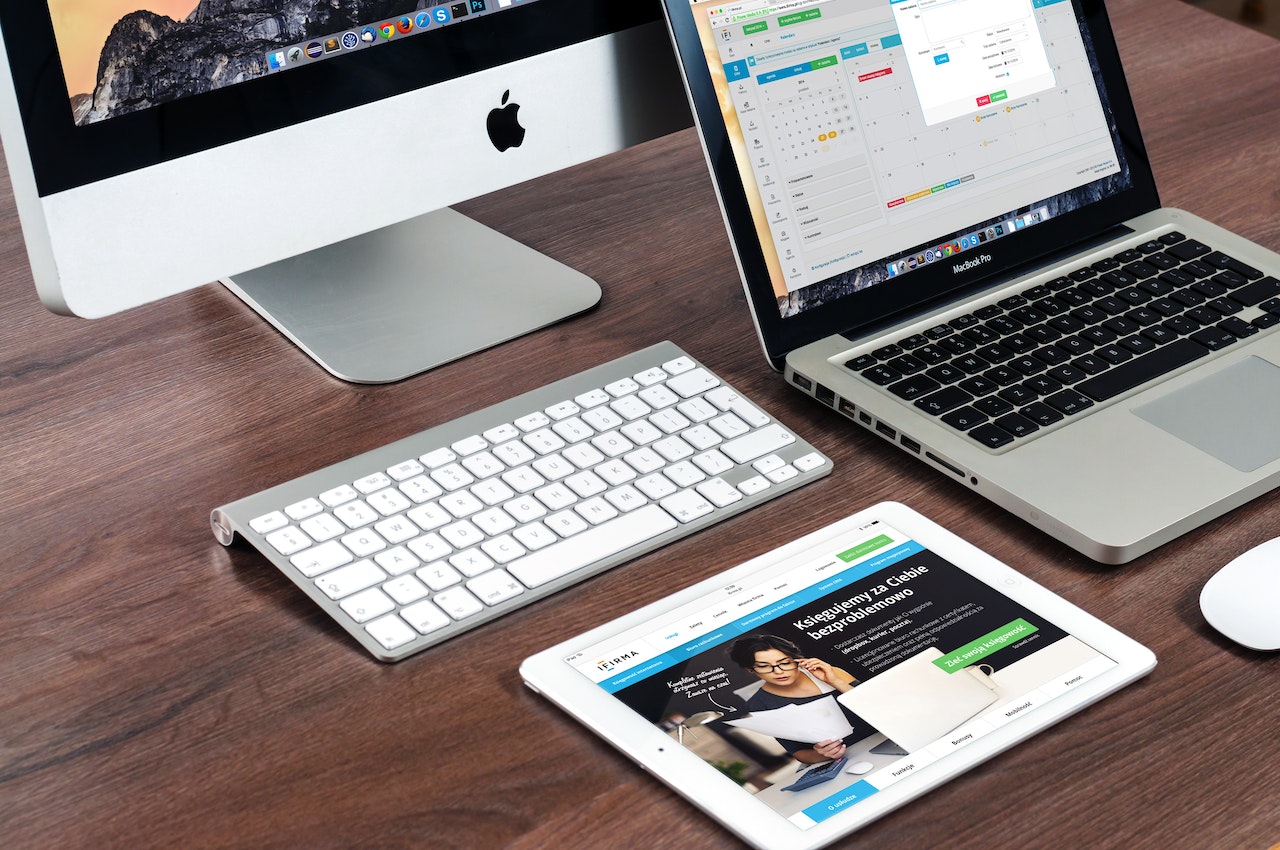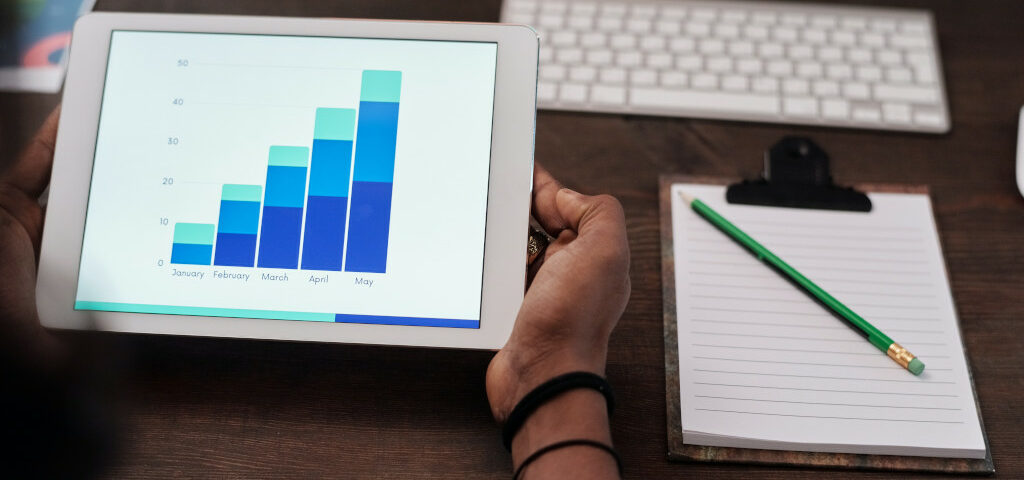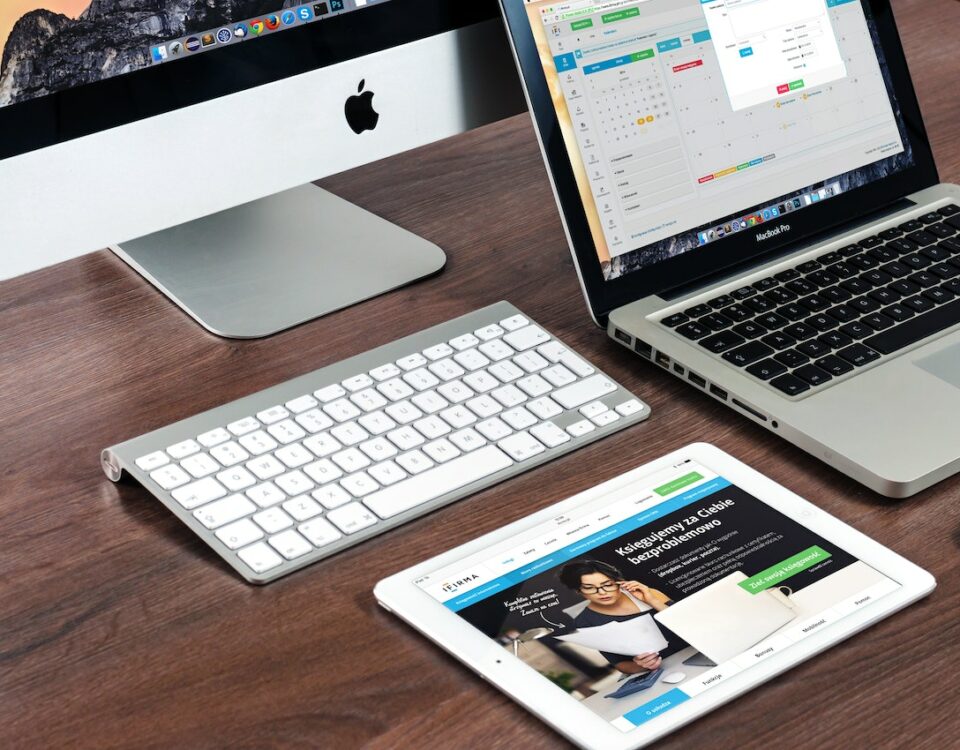
Simplifying Specialty Drug Enrolments through Digital Solutions
September 10, 2023Remote patient monitoring (RPM) is transforming the way healthcare is delivered, providing patients with more personalized and convenient care while reducing healthcare costs. In this blog post, we’ll explore what RPM is, how it works, and how it’s changing the healthcare landscape.
What is Remote Patient Monitoring?
Remote patient monitoring is the use of digital technologies to monitor patients’ health remotely, outside of traditional healthcare settings. RPM solutions typically involve the use of wearables and other connected devices that collect patient health data, such as heart rate, blood pressure, and glucose levels. This data is then transmitted to healthcare providers who can monitor patients’ health and intervene if necessary.
How Does RPM Work?
RPM solutions are designed to be user-friendly and easy to use. Patients are typically provided with wearable devices or other connected devices that collect health data. This data is transmitted to a secure server where it is analyzed by healthcare providers. Healthcare providers can then use this data to monitor patients’ health and intervene if necessary.
Benefits of RPM
Remote patient monitoring offers numerous benefits for both patients and healthcare providers. Here are just a few of the benefits of RPM:
- Improved patient outcomes: RPM enables healthcare providers to detect potential health issues early on and intervene before they become more serious. By monitoring patients’ health remotely, healthcare providers can improve patient outcomes and reduce hospital readmissions.
- Increased patient engagement: RPM empowers patients to take a more active role in their own care. By providing patients with access to their own health data, patients are more likely to be engaged in their own care.
- Reduced healthcare costs: RPM can help reduce healthcare costs by reducing the need for in-person visits and hospital readmissions.
- Enhanced healthcare delivery: RPM enables healthcare providers to deliver care to patients in a more personalized and convenient way, enhancing the overall healthcare experience.
At Metric Health, we’re committed to transforming healthcare delivery through innovative technology solutions. Our remote patient monitoring solution enables healthcare providers to monitor patients’ health remotely, using wearables and other connected devices. By using our RPM solution, healthcare providers can improve patient outcomes, increase patient engagement, reduce healthcare costs, and enhance the overall healthcare experience. Contact us today to learn more about our remote patient monitoring solutions.




